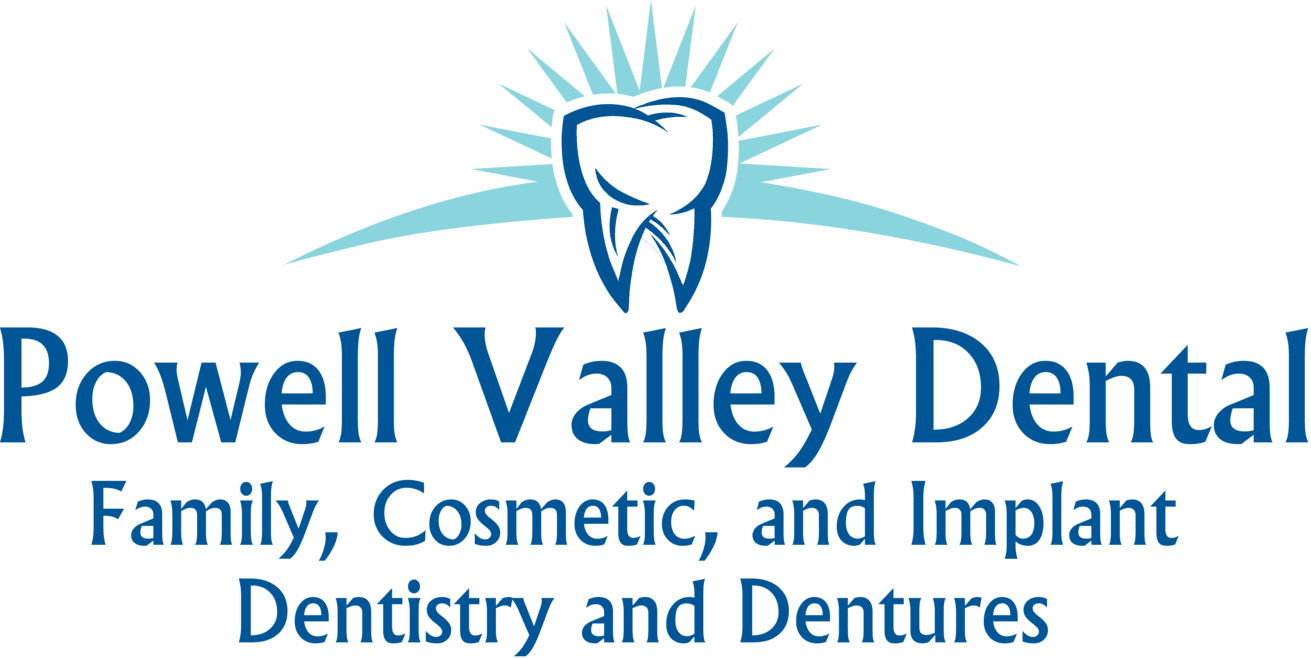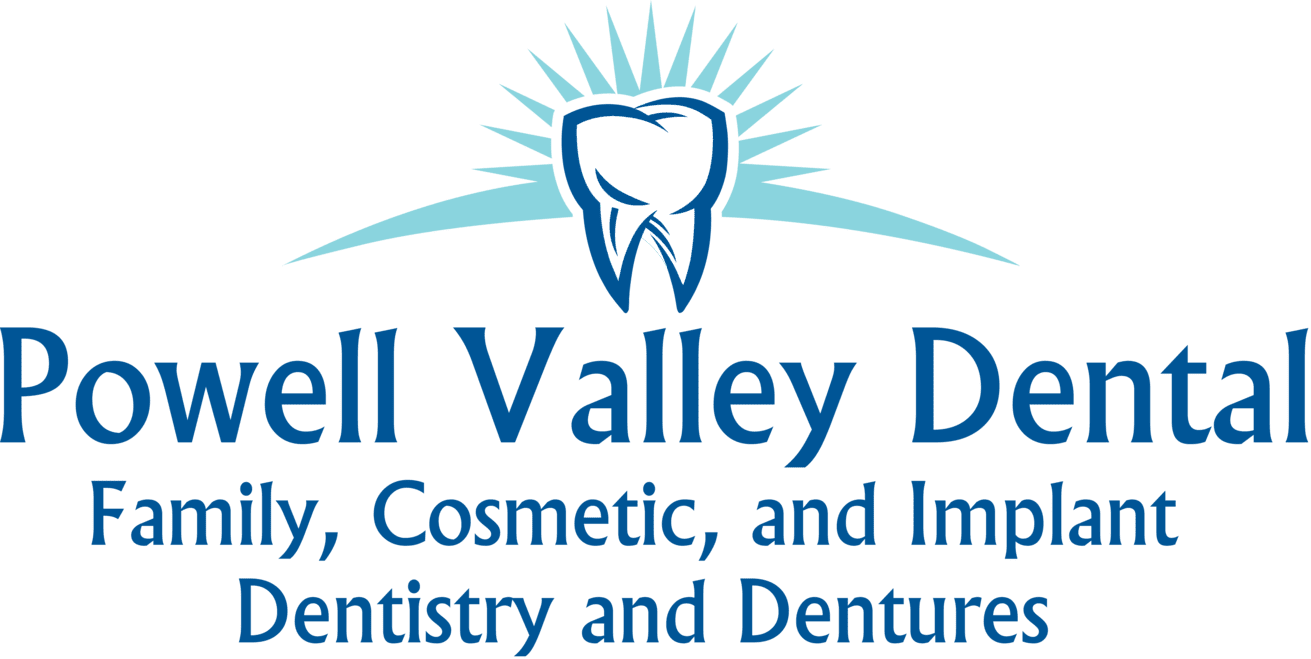Advanced Dental Technology
The Future of Comfortable, Precise Care
Modern dentistry has come a long way from slow, uncomfortable procedures and guesswork diagnoses. Today, technology allows us to treat patients with more accuracy, greater comfort, and faster results than ever before. At our practice, we believe that investing in cutting-edge tools is part of providing top-tier dental care and our patients can feel the difference.
Whether it’s capturing a 3D image of your jaw, designing a crown while you wait, or printing a custom nightguard in-house, our advanced dental technologies are designed with one thing in mind: you. These tools help us detect problems earlier, minimize discomfort, and deliver results that look natural and last longer. Explore how each innovation enhances your experience in the dental chair.
Digital X-Rays
Introduced in 1987, nearly 90 years after traditional x-rays came to fruition, digital radiography combined the power of computer technology with electric sensors and tiny bursts of radiation. Rather than printing the results on film, images form almost as soon as the sensors are placed in our mouths, projecting on a computer screen. Digital x-ray technology does demand additional training for dentists, though the majority of practitioners are adamant that the advantages are worth the commitment. Today, a lot of dental offices only offer patients digital x-rays because, in multiple ways, it is the superior option to traditional radiography.
- Less Expensive | Digital x-rays will generally cost you less than the traditional alternative because the cost of film to develop images for the latter adds up. In contrast, digital x-ray imaging projects right onto our computer.
- Better Storage | Since these digital x-ray images are transferred to a computer system, it allows for easier storage of your oral health records. Your data can be transferred from one dentist to another without any medical data being lost in the exchange.
- Finer Images | Digital x-ray images produce a better resolution than their traditional counterpart. Also, old-fashioned x-rays can only project images in 25 various shades, whereas a digital image can reveal up to 256 shades of grey. Digital radiography also has the advantage of accessing more angles within our mouths, providing a streamlined view of a patient's entire oral structure. With the assistance of computer programs, dentists can even enhance the digital images further, for a focused view.
CBCT Machine
Dental cone beam computed tomography (CBCT) is a special type of x-ray machine that is implemented in scenarios where normal dental or facial x-rays are insufficient. This variation of the CT scanner employs a special type of technology to generate 3D images of dental structures, soft tissues, nerve paths, and bone in the craniofacial area, in one scan. These images allow for more specific treatment planning. The CBCT machine has an x-ray beam, in the shape of a cone, which moves around you to create a large number of high-quality images, or views. It was developed as a means to produce similar images to what a CT provides, though with a significantly smaller and less costly machine that could be situated in an outpatient office. Providing detailed images of the bone, the CBCT machine evaluates diseases of the jaw, dentition, bony structures of the face, sinuses, and nasal cavity. One shortcoming is that it does not provide the comprehensive diagnostic information available with conventional CT, especially in the analyzing of soft tissue structures such as muscles, glands, nerves, and lymph nodes. The CBCT machine can also be used for reconstructive surgery, cephalometric analysis, locating the origin of pathology, surgical planning for impacted teeth, diagnosing temporomandibular joint disorder (TMD), and for the accurate placement of dental implants.
DOFCraft 5X Mill
DOFCraft 5X mill introduced a revolutionary approach to restorative dentistry by combining 3D imaging, computer-aided design, and on-site milling. Before the DOFCraft 5X mill, patients needing crowns or veneers often had to schedule two or more visits. Now, custom ceramic restorations can be designed, fabricated, and placed all in a single appointment.
- Same-Day Convenience | The DOFCraft 5X mill eliminates the need for temporary crowns or waiting weeks for lab work. Everything is done while you’re still in the dental chair.
- Digital Accuracy | With precise digital impressions, restorations fit more comfortably and require fewer adjustments.
- Natural Aesthetic | The ceramic used in the DOFCraft 5X mill matches the look and strength of natural enamel, blending seamlessly into your smile.
SprintRay 3D Printer
The SprintRay 3D Printer marks a significant leap forward in dental efficiency and customization. Developed specifically for dental practices, this desktop 3D printer enables same-day fabrication of dental appliances, models, and surgical guides using biocompatible resins. Previously, these items were sent to labs, taking days or even weeks to complete.
- Same-Day Appliances | Items like nightguards, surgical guides, and whitening trays can be printed in-office, reducing wait times drastically.
- High Precision | The printer delivers micron-level accuracy, ensuring devices fit comfortably and function effectively.
- Cost Savings | By eliminating third-party labs for many procedures, dental offices reduce overhead and pass those savings on to patients.
iTero Scanner
Launched in 2007, the iTero Scanner quickly replaced the uncomfortable experience of biting into gooey impression trays. This handheld, wand-like device digitally scans your teeth and gums in just minutes, creating a high-resolution 3D image that can be used for a variety of treatments, from crowns to @Invisalign.
- No Mess | The scanner replaces the need for physical impressions, eliminating gag reflexes and discomfort.
- Real-Time Visualization | Patients can see their teeth on-screen in real time, which helps explain conditions and proposed treatments clearly.
- Better Outcomes | The high degree of precision helps ensure tighter-fitting restorations and better @Invisalign results.
Intraoral camera
First introduced in the 1990s, the intraoral camera was designed to help patients see what their dentist sees. This tiny, wand-sized camera captures detailed images from inside your mouth and projects them onto a nearby monitor, bringing even the smallest crack or area of concern into clear view.
- Visual Transparency | Patients are more likely to understand and accept treatment when they can see the problem firsthand.
- Diagnostic Accuracy | Dentists can zoom in on specific areas to identify early signs of decay, fractures, or gum disease.
- Documentation | The images can be stored in your record for future reference or to share with insurance providers.
Dental laser
Dental lasers emerged in the 1990s and have since transformed soft and hard tissue treatments by offering an alternative to scalpels and drills. These focused light beams allow for pinpoint precision, whether reshaping gums, removing decay, or treating periodontal pockets.
- Less Invasive | Laser procedures are often painless and require little to no anesthesia.
- Faster Healing | With minimal bleeding and reduced risk of infection, recovery times are typically much shorter.
- Versatile Applications | From teeth whitening to gum contouring, lasers are used in a wide array of cosmetic and restorative treatments.
Trios Scanner
The Trios scanner revolutionizes dental impressions with its advanced digital technology, providing precise 3D scans for improved patient comfort and treatment accuracy. Offering unparalleled detail, Trios ensures efficient workflows and seamless integration with CAD/CAM systems, enhancing dental restorations from crowns to aligners. Its ergonomic design and intuitive software streamline the scanning process, making Trios a preferred choice for modern dental practices seeking superior diagnostics and patient satisfaction.


